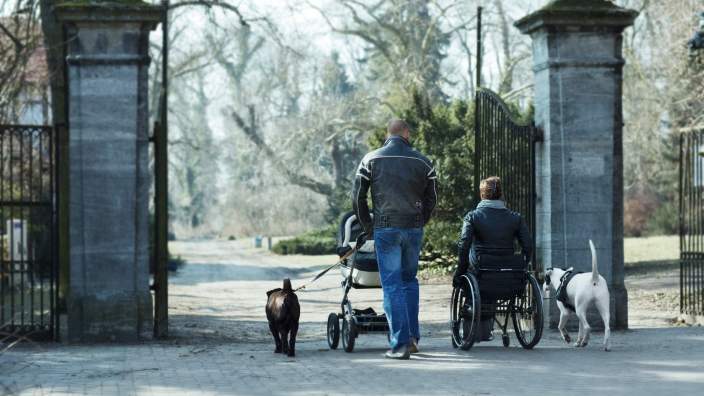
 Patients are being exposed to unnecessarily high doses of radiation during common X-rays and scans because some hospitals have out-of-date equipment and inadequately trained staff.
Patients are being exposed to unnecessarily high doses of radiation during common X-rays and scans because some hospitals have out-of-date equipment and inadequately trained staff.
Variations between hospitals are so great that adult patients are exposed up to five times as much radiation for identical procedures. Children face the biggest risk, experiencing much larger variations as outside specialist units there are few clinicians with paediatric expertise or equipment.
The British Institute of Radiology will tackle the issue head-on later this month by considering ways to drive up local standards and reduce variations across the country.
Forcing hospitals to collate and publish radiation exposure results, which would allow the public and health professionals to compare departments, could help drive up standards, according to some clinicians and patients.

But many experts are against publicly ‘naming and shaming’ hospitals due to the complex factors involved in radiology procedures which they argue would not be reflected in simplistic league tables.
The risk of developing cancer from medical radiation doubles with every doubling of radiation exposure, but is still very low compared to smoking, alcohol and obesity, according to experts. Unborn babies and children are most radio-sensitive as their cells are still dividing and reproducing which means any damage to DNA should be avoided if possible.
Andy Rogers, a medical physicist and chair of the BRI radiation protection committee, told The Independent that while more could be done by sharing best practice, there was no need for parents to panic. “I am not fundamentally against league tables but nor am I properly convinced that the unintended consequence wouldn’t do more than harm to patient health than good.”
He added: “This is a very complex area and radiation doses are only one chapter of the whole story, and I’m not sure it’s the right metric to measure quality on its own.”
The Health Protection Agency (HPA) analyses radiation data from a voluntary, anonymous sample of radiology departments across the UK and publishes, every five years, national reference doses. These indicate how much radiation adults patients can expect, on average, from different procedures. It is up to individual hospitals to monitor their own performance and take action if these doses “consistently exceed” national levels.
Be a part of Elets Collaborative Initiatives. Join Us for Upcoming Events and explore business opportunities. Like us on Facebook , connect with us on LinkedIn and follow us on Twitter , Instagram.












